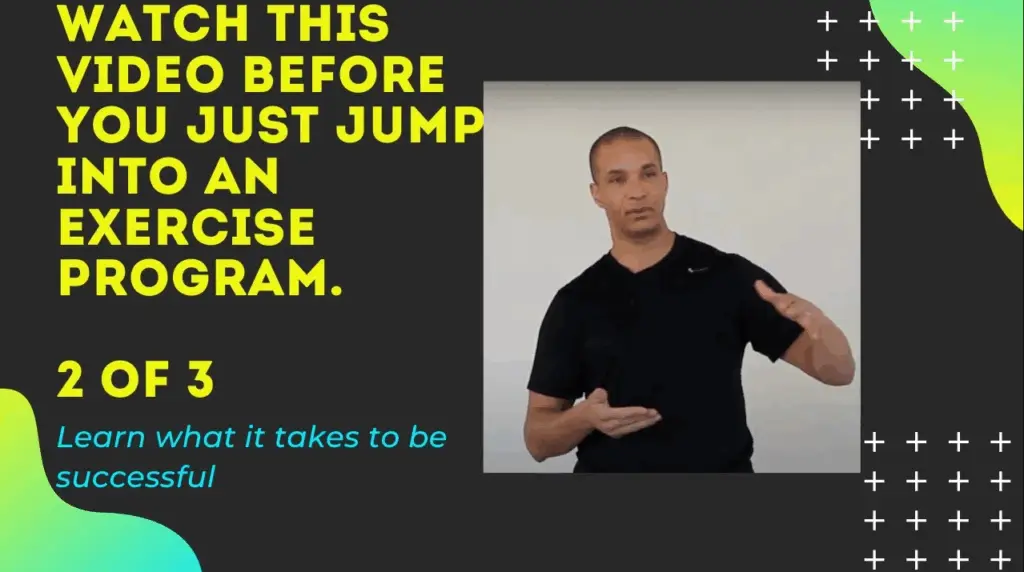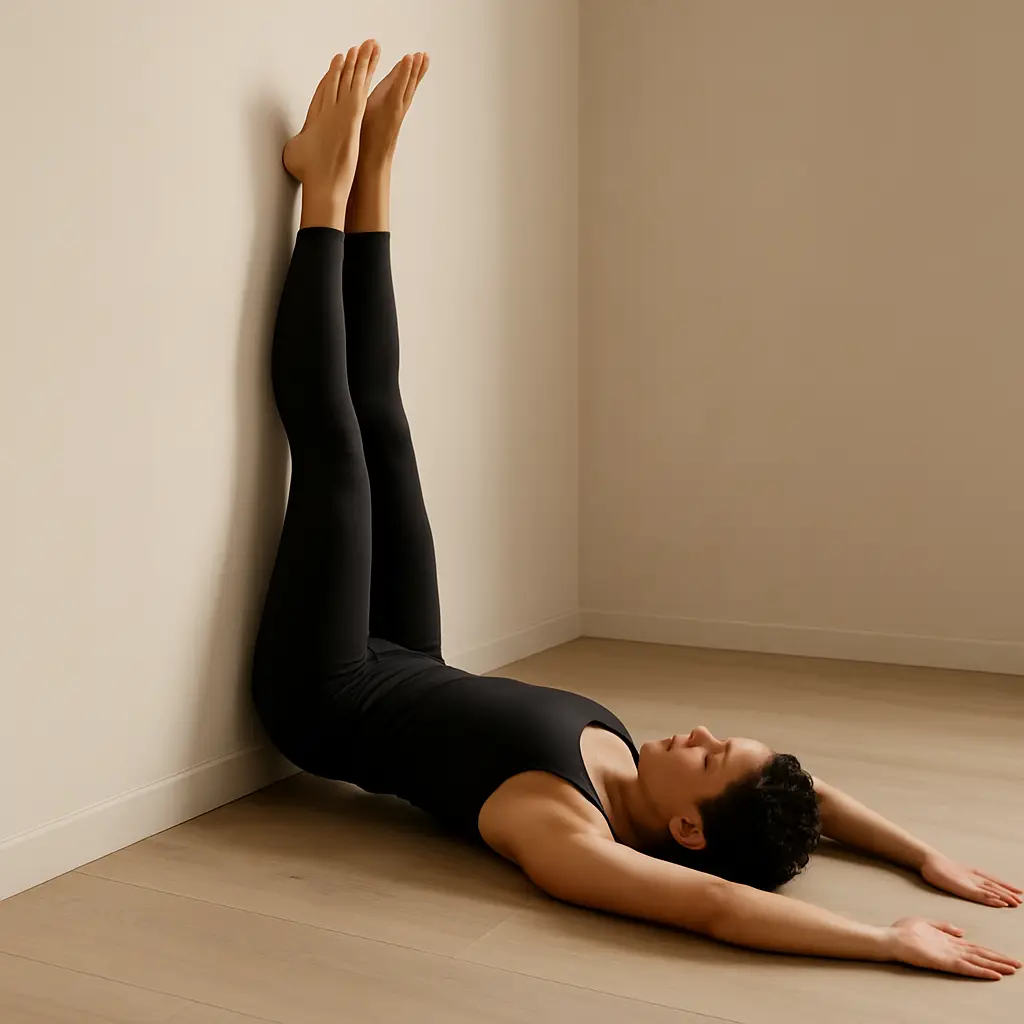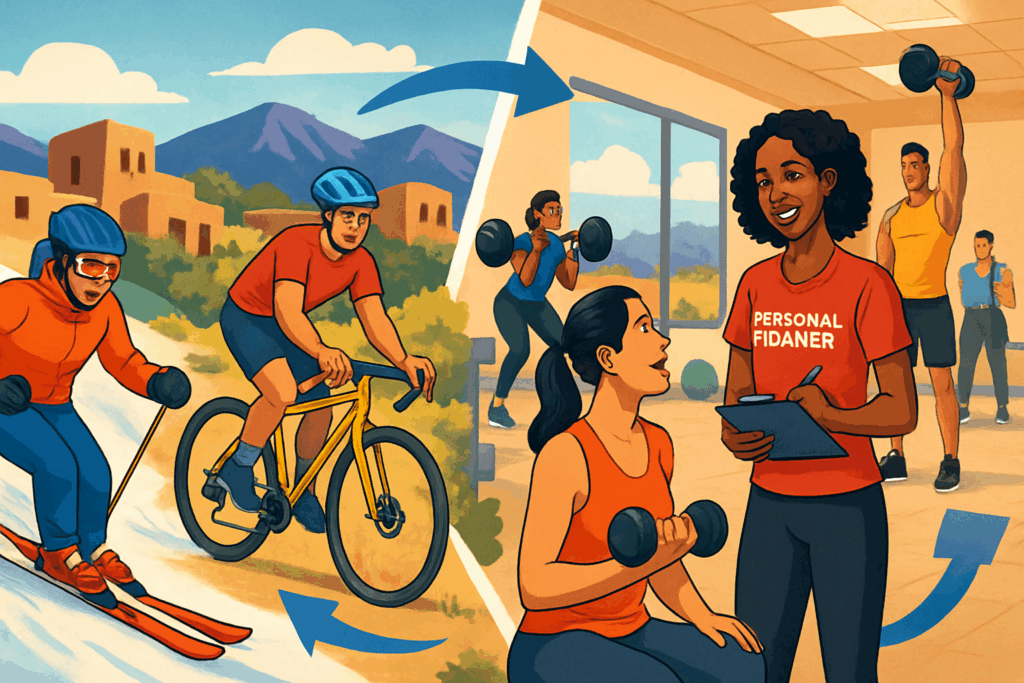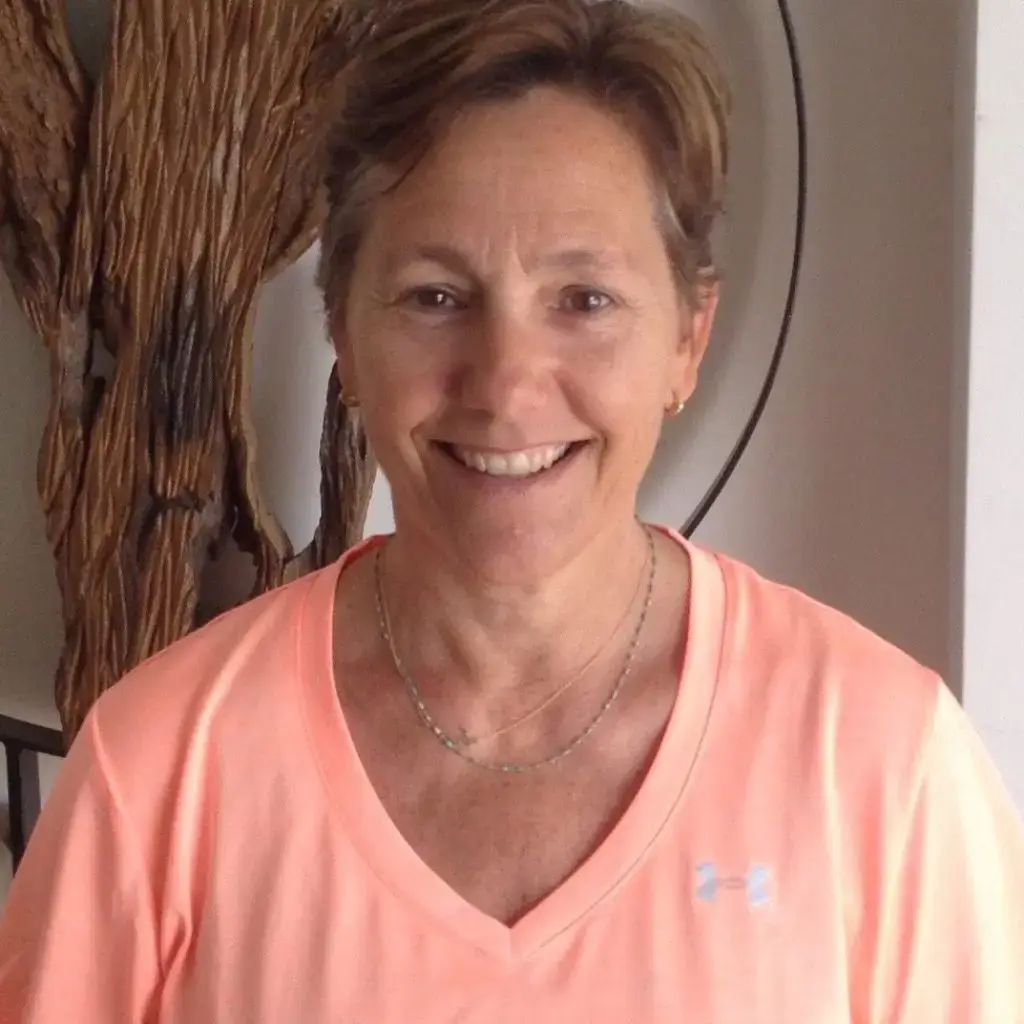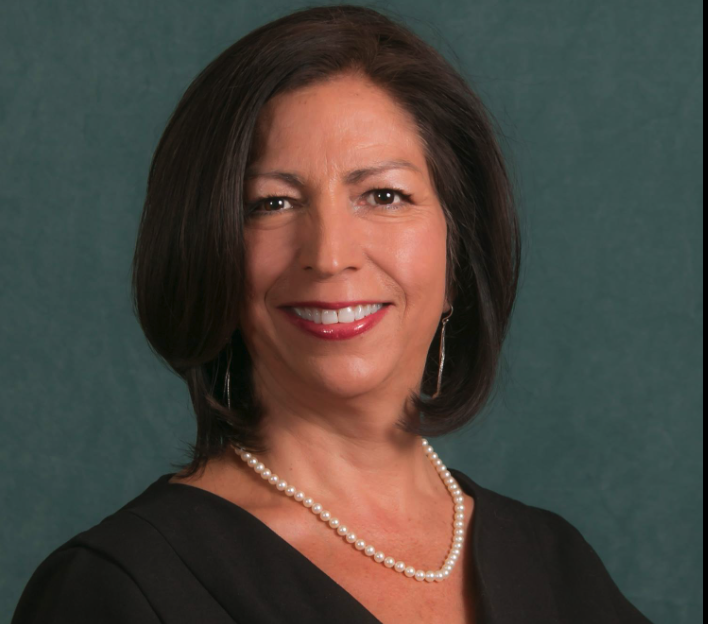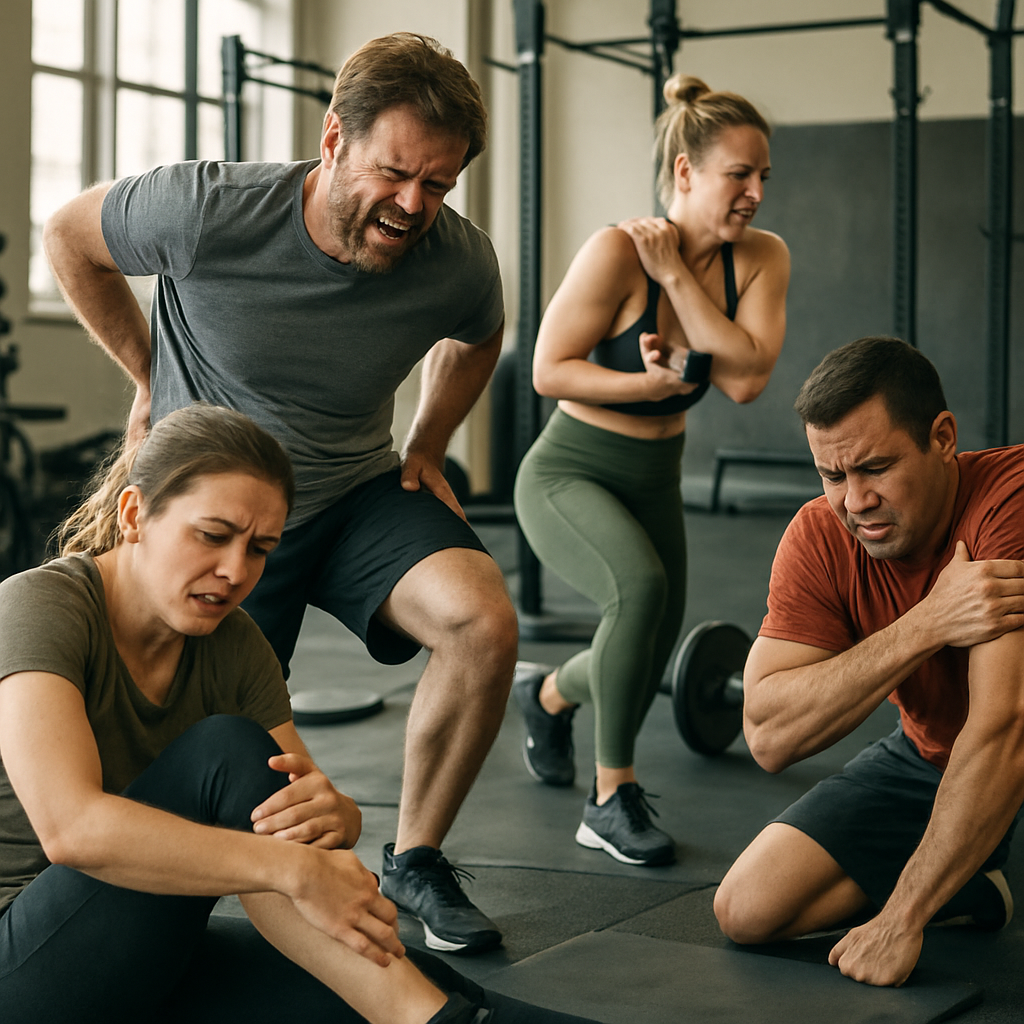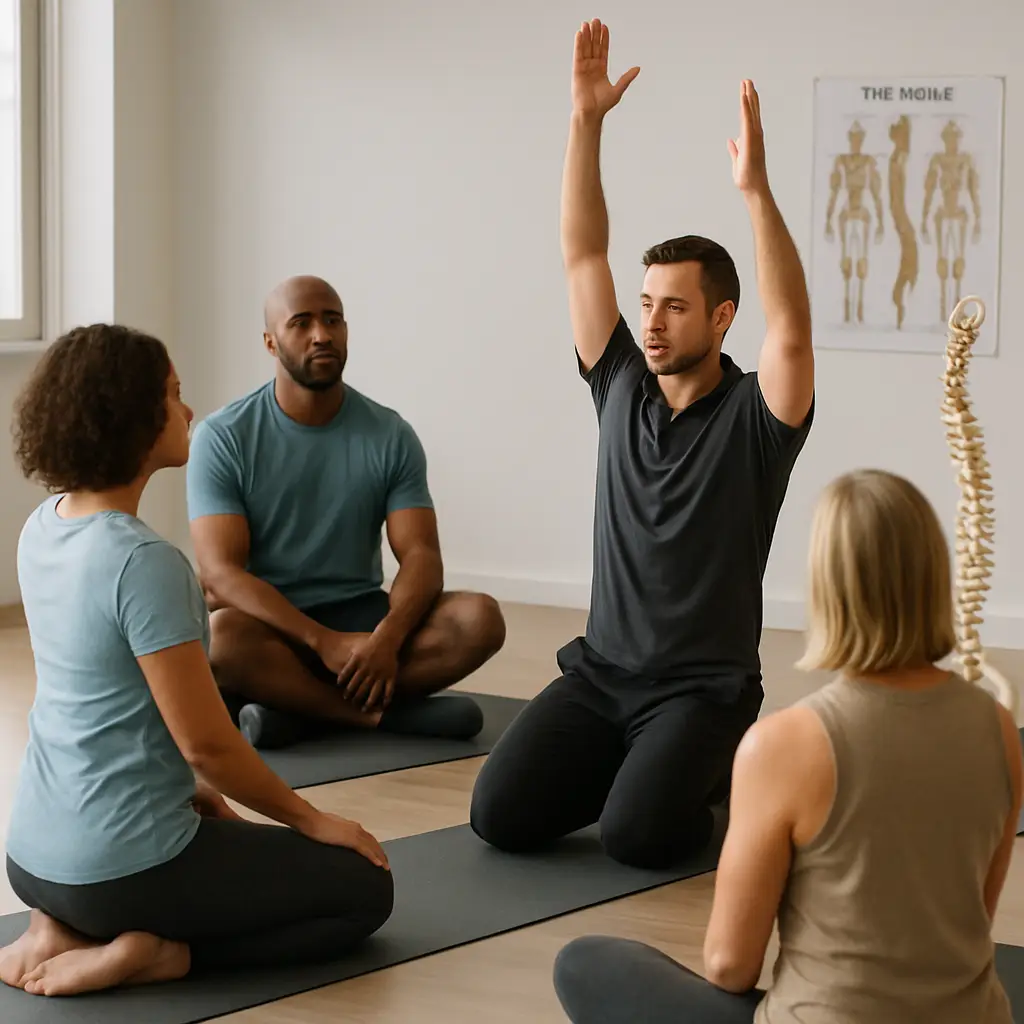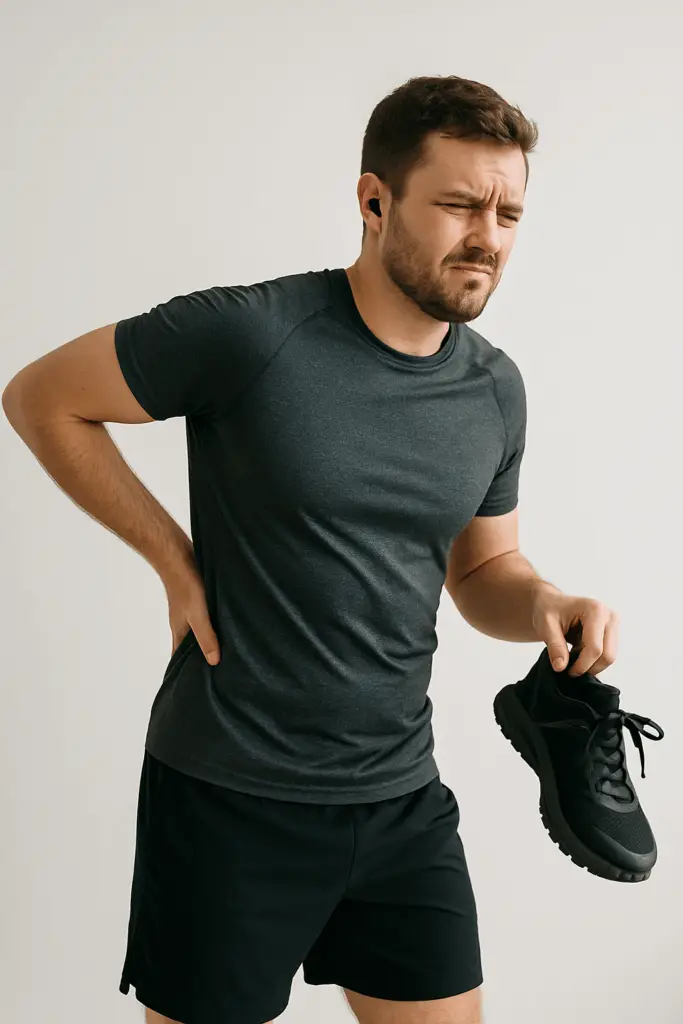
Could Your Footwear Be the Hidden Reason for Your Back Pain?
When imagining the sources of back pain, most people think about sports injuries or heavy lifting. Yet, the shoes worn every day might be just as much to blame. The feet are quite literally the foundation for all movement. Any breakdown in that foundation—poor arch support, worn out soles, unstable high heels—can add up to excessive stress on the spine and supporting muscles.
Those whose jobs require standing for hours or carrying weight regularly are especially at risk. The wrong shoe can trigger not only back pain, but knee, hip, and even neck discomfort by destabilizing the body from the ground up.
How Shoes Impact Gait and Spinal Health
Shoes that lack proper support or alter natural gait—like flats, flip-flops, and toe shoes—may cause under-pronation or over-pronation. These changes increase impact through the spine, muscles, and ligaments, leading to chronic fatigue and pain. Even popular but unsupportive choices, like ballet flats or flip-flops, can make things worse for both the feet and the back, while high heels are notorious for shifting stress into the lower back, hips, and even causing disc degeneration.
A healthy stride means the heel strikes first, the arch rolls in, and the toe pushes off. Shoes that disrupt this sequence can lead to repetitive strain, and footwear that’s old or worn out only compounds the problem—over time, it reduces shock absorption, flattens arches, and alters natural motion.
Make Smart Choices—For Everyday and for Fitness
Not all shoes are bad news. Athletic shoes with high-quality cushioning and shock absorption are a much better choice for back health. And when in doubt? At SolCore Fitness, workouts are done barefoot whenever possible, giving feet and foundation a chance to move and function naturally.
Next time your lower back is aching after a long day, take a look at what’s on your feet. You may just find a simple solution to persistent pain!
For a full visual summary, see the infographic below:
Infographic: How Shoe Choice Impacts Spinal Health and Lower Back Pain Risk
Want more sustainable solutions for back pain and functional strength? Learn about our approach and get a free consultation:
https://www.solcorefitness.com/personal-training-and-manual-therapy/
Find out more @

